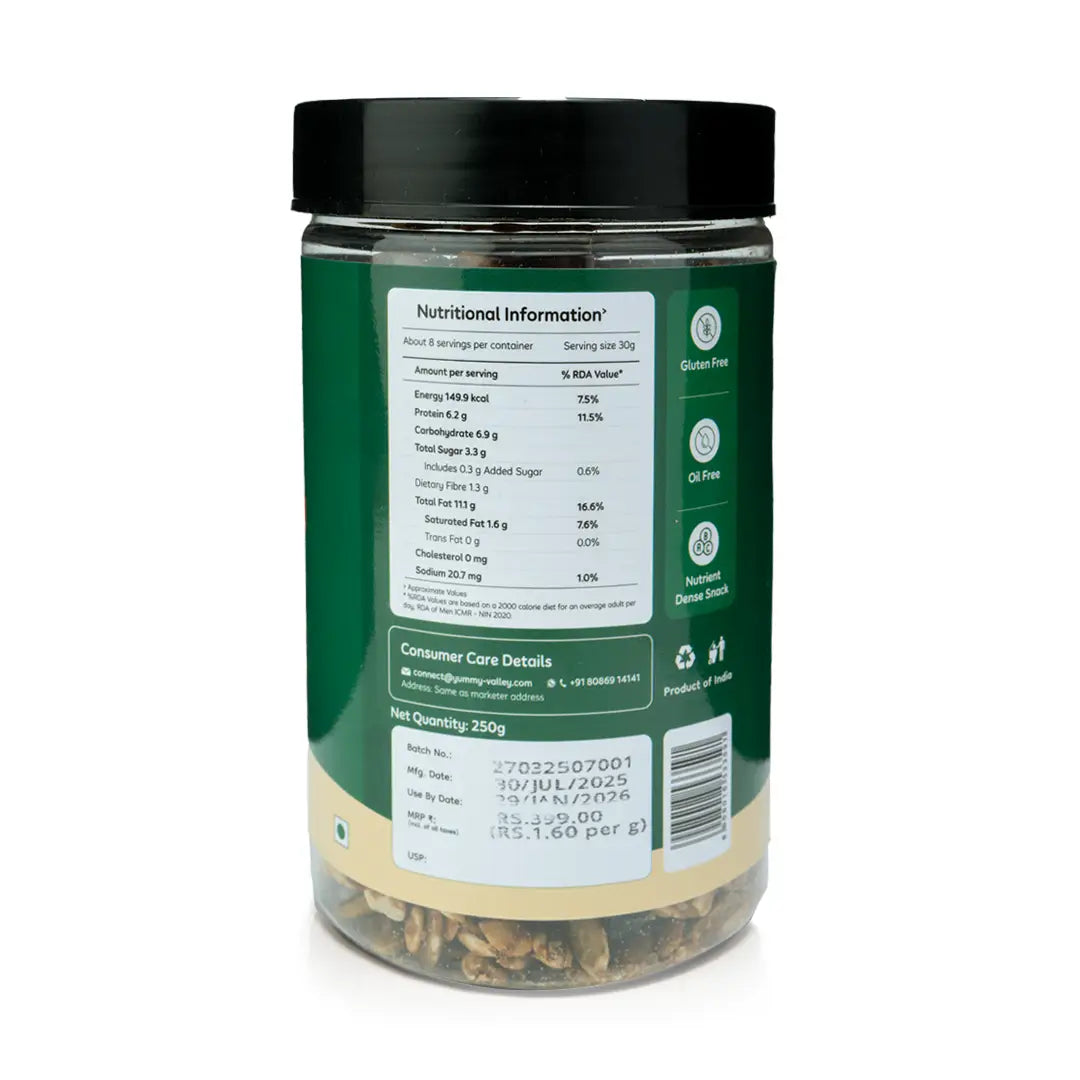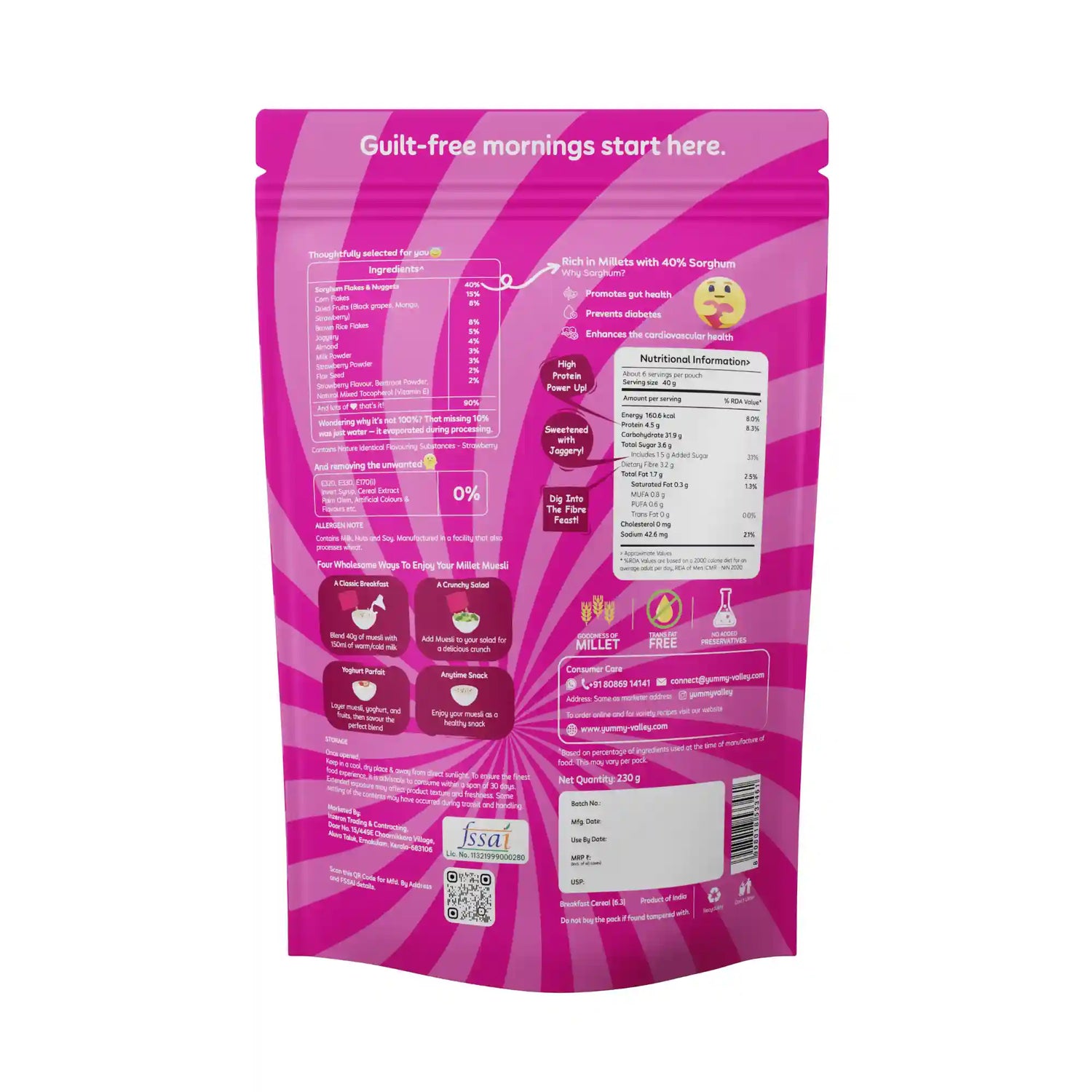Are you searching for tips to increase appetite in kids? Then you are in the right place. As a parent, my children’s nourishment, growth, and diet are a vital daily concern. Parenthood comes with immense responsibilities. For me, feeding my little one well-balanced and nutritious meals is something I try to achieve every day. It is important to get your kids to eat nutritious food, especially if they have a very small appetite or if they are always looking for excuses to skip their meals.
Parents should ensure that their kids get all the necessary nutrients that their body requires in adequate quantities. Feeding your kids a healthy and good breakfast every day can kick-start their metabolism as well as increase children’s appetite.
How to Increase Appetite in Kids?
Here are some of the tips that help to increase appetite in kids;
1. Try to feed your kids peacefully
I usually let my kids decide how much they eat. Although I get to decide what to feed my kids, I let my child decide how much. Besides, I try to avoid power struggles and forced feedings as all these will create a negative association that your baby will form with food. Allow your kids or toddlers to learn and listen to their stomachs.
2. Try to limit the snacking
Although a small snack in between meals such as pieces of cheese, yoghurt, and fruit can be healthy, children who over-snack will not be hungry at mealtimes. I often try to add different shapes to my kid’s snack that spark her interest. For instance, you can serve the same meal cooked at your home differently so that your child may find it visually appealing.
3. Follow different serving styles
As a mom I want my children to eat well. How the food is served is extremely important for children. I sometimes end up giving my kids bigger portions of food. This may look overwhelming for them. So, I serve appropriate or smaller portions so that they ask for more. Apart from that, I avoid insisting on my child to finish everything on the plate. The tip that worked well for me was a muffin or cupcake tray – this way different foods can go into different cups. Also, it makes our kids feel they have been served a variety of food.
4. Introduce new foods
My child usually does not touch any new food when it is introduced to her and I feel that is alright. If you see, it often takes around 10 or 20 times to repeatedly see that new food on their plate. You do not need to force your babies to try the food. Rather than insisting they take a bite, you can just leave it on their plate. Our kids will taste it when they are ready. My kid resists more if I insist on her. It can be frustrating feeding a baby who can’t communicate beyond sobs or screams. But with guidance and patience, we can learn to give our children the food or snacks they need in ways they will appreciate. It was common for my baby to shy away from unfamiliar foods.
Babies learn by watching, and watching their siblings or parents eat or enjoy a wide variety of foods can make them more likely to give them a try as well. Research shows that exposing kids to an assortment of textures and flavours sets them up for better health in the future. I have a toddler and a fussy baby at home who refuses to eat a lovingly prepared and delicious meal! It might be because they are not feeling hungry or they do not like to eat a particular vegetable. Worried and tired about our kids’ unhealthy eating, we often turn to the television for help. This helps in distracting the children and we can feed them a few more spoonfuls. This can help to increase hunger in child naturally.
5. Whenever possible make meal-time a family event
Kids can be hard to predict when it comes to eating habits. Some days they eat all day long while on other days they may not eat much. I teach my kids the principles of distraction-free healthy eating by making our meal-time a family event. This helps my child to learn about the social aspects of dining and eating together by good setting examples. Besides, I try to show that we are enjoying our food and finish it to make our kids do the same. Hence, kids will certainly follow your lead. Apart from that, I make it a point to have family meals as this will teach my child the importance of having food with family. Rather than placing the plate in my lap, I take the meals on our dinner table and keep all distractions like mobile phones as well as TV switched off.
6. Serve veggies and fruits attractively
Feeding vegetables and fruits to toddlers and babies is one of the biggest food challenges we face! Creating some fun with food can be a solution for this! I try serving fruits. If my toddler does not like to eat veggies or fruits in raw form, I serve him shakes or juices made using a blender to get the essential vitamins in her system. I also whip up a thick strawberry shake or add a scoop of her favourite ice cream over a banana. I also try giving my kid vibrant fruits that are nicely chopped or mixed with chocolate syrup as well as whipped cream.
Conclusion
When kids are growing, they are still trying to figure out their appetite, their taste, patterns, likes, and dislikes. Sometimes my child might not like something in the beginning but she eventually develops a taste later. So, I try to keep patient when introducing or experimenting with new foods. Parents should try serving new foods or dishes along with their child’s favourite foods. Keep serving your baby healthy food choices until they naturally develop likes and dislikes for certain dishes. Plenty of research suggests that children tend to model the eating habits of their parents. To increase children’s appetite, you should focus on introducing them to healthy and tasty foods that they will love.





























